Need help? Call us:
- Questions? Call us toll-free +1-800-520-5726
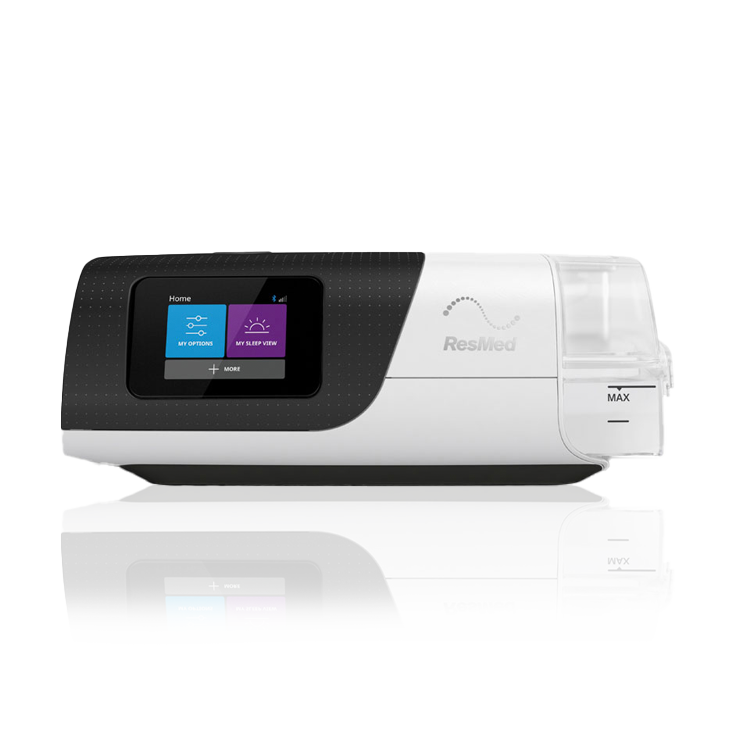
CPAP Masks Finder
Discover your perfect mask fit
- Portable Oxygen
- Home Oxygen
- Oxygen Accessories
- CPAP Machines
- CPAP Supplies
- CPAP Masks
- Mobility
- Bathroom Safety
- Pediatrics
- New Arrivals
Corticosteroid Therapy to Treat COPD
Corticosteroid Therapy to Treat COPD

Chronic Obstructive Pulmonary Disease (COPD) is an encompassing term used to describe progressive lung disease including chronic bronchitis, emphysema, and asthma. The defining characteristic of COPD is increased breathlessness.
Early stages of COPD can develop without noticeable shortness of breath. Many people mistake early onset COPD for normal signs of aging. Due to many people being diagnosed with COPD in the later stages of the disease, many patients aren??t treated early on and have a harder time managing symptoms. It is important to start talking with your doctor as soon as you recognize excessive coughing, increased phlegm production, tightness in your chest, or shortness of breath.
{{cta(‘155910633031’)}}
COPD affects an estimated 30 million people in the United States alone. Due to its prevalence in society, much research has been done to treat the symptoms of COPD and work towards a cure. Unfortunately, there is currently no cure for COPD. However, there are exciting breakthroughs that help manage symptoms and improve your quality of life.
COPD Treatment
One of these treatments is steroid therapy. Corticosteroids are a type of medicine commonly used as part of a treatment plan for COPD. They come in oral, injectable and inhaled forms, and each are used to treat different symptoms of COPD.
Corticosteroids: What are they?
Corticosteroids are similar to hormones produced naturally by your adrenal glands, which sit on top of your kidneys. When you hear the term ??steroid?, some people immediately think of anabolic steroids that bodybuilders use to build muscle.
Corticosteroids are very different, and if they are taken as prescribed by your doctor they do not carry the dangerous side effects.
If you have COPD or know someone who does, you are aware that COPD causes airway inflammation, making it harder to breathe. Corticosteroids reduce inflammation and swelling and help airways function as normally as possible to make breathing easier.
Corticosteroids are not needed for every patient with COPD. Some patients with more severe symptoms of COPD are a good candidate for steroid therapy, but this will be determined by your pulmonary doctor. Some corticosteroids are used to treat exacerbations and you can taper off them quickly, others are used daily in inhalers to help prevent inflammation and slow the progression of your disease.
COPD attacks or flareups, which are referred to as exacerbations, happens when your COPD symptoms quickly get worse. For some patients this can result in hospitalizations if your breathing becomes too labored. If you have these moderate to severe flareups, corticosteroids treatments are great for bringing the attack back under control and stopping it from getting worse. In the next section, we will discuss the three different methods for taking corticosteroids and the situations that they are used for.
Inhaled Steroids
Daily, long-term, corticosteroid treatment usually involves inhalers that target inflamed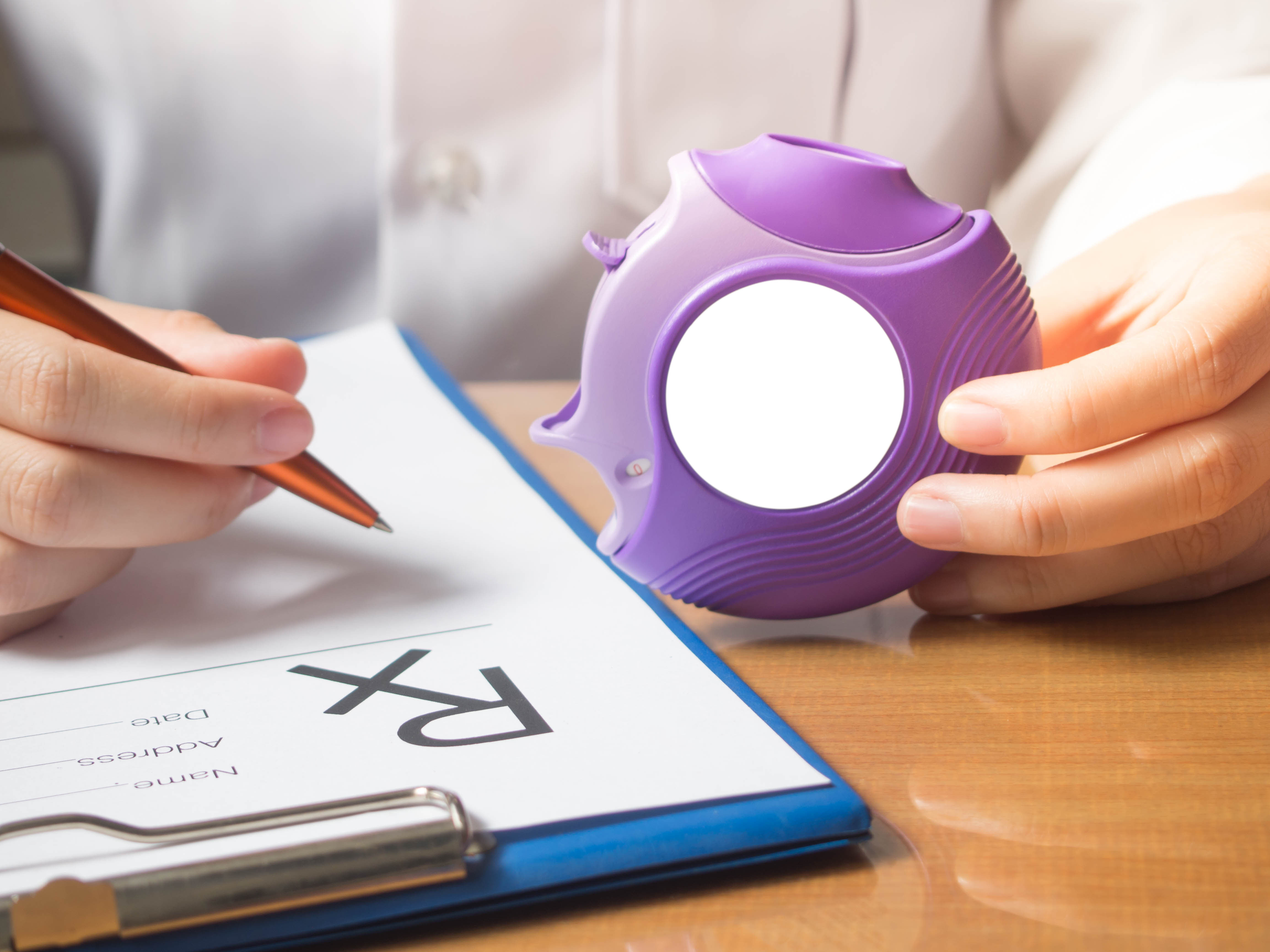 lung tissue. By inhaling the medication, it goes directly to the lungs where it is needed, and also has less systemic side-effects than other forms of steroids. You can inhale the medication using an inhaler or a nebulizer. The following are common inhaled steroids used by COPD patients:
lung tissue. By inhaling the medication, it goes directly to the lungs where it is needed, and also has less systemic side-effects than other forms of steroids. You can inhale the medication using an inhaler or a nebulizer. The following are common inhaled steroids used by COPD patients:
- Triamcinolone, brand name Azmacort
- Fluticasone, brand name Flovent
- Flunisolide, brand name AeroBid
- Beclomethasone, brand names Qvar and Beclovent
- Budesonide, brand name Pulmicort
Inhaled steroids can help you:
- Improve your lung function
- Better your quality of life
- Reduce number of exacerbations you may have
- Manage your COPD symptoms
It is important to understand that inhaled steroid therapy doesn??t keep your COPD from getting worse. Your doctor will help you determine which steroid will work best for you, and sometimes more than one is necessary to treat your COPD. The key to getting the most out of inhaled corticosteroid therapy is to take your medication daily at the scheduled times. Failure to follow your medical plan will result in ineffective treatment of your disease.
Oral Steroids
Inhaled steroids can take days to weeks to work at full strength. You may not have the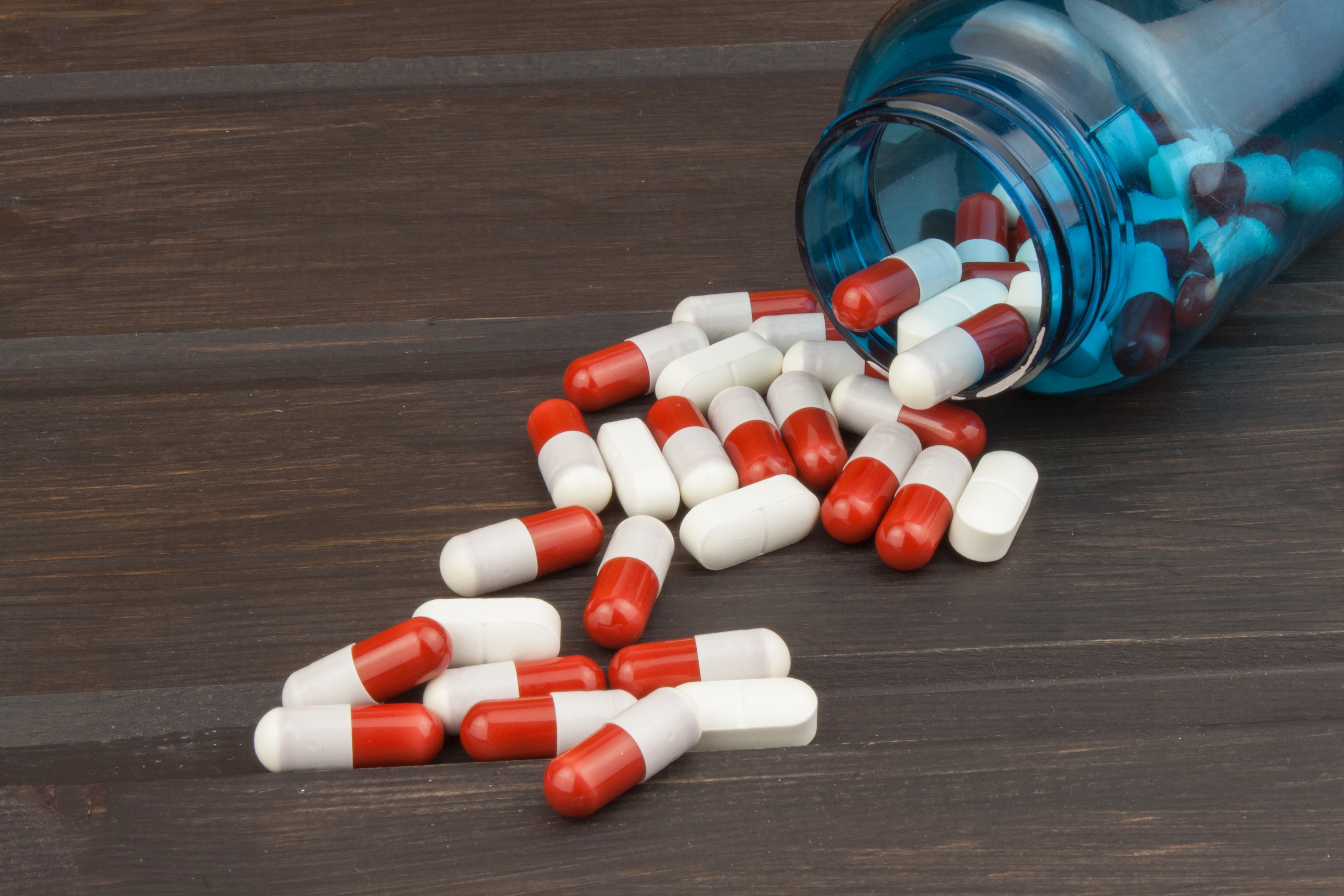 luxury to wait that long. For this reason, you may need to take oral corticosteroids by mouth in a tablet or liquid form. Oral steroids come in higher doses and are absorbed rapidly into your body systemically, which makes this perfect for you if you need a quick treatment for your exacerbations. Oral steroids are linked with some troublesome side effects such as weight gain, insomnia/manic episodes, and increased blood sugar levels. Due to the potential side effects doctors usually use oral steroids for short periods of time, and you must never stop taking them suddenly because it can cause a rebound effect from the withdrawal.
luxury to wait that long. For this reason, you may need to take oral corticosteroids by mouth in a tablet or liquid form. Oral steroids come in higher doses and are absorbed rapidly into your body systemically, which makes this perfect for you if you need a quick treatment for your exacerbations. Oral steroids are linked with some troublesome side effects such as weight gain, insomnia/manic episodes, and increased blood sugar levels. Due to the potential side effects doctors usually use oral steroids for short periods of time, and you must never stop taking them suddenly because it can cause a rebound effect from the withdrawal.
Commonly prescribed oral steroids are as follows:
- Prednisone, brand name Deltasone
- Prednisolone, brand name Prelone
- Methylprednisolone, brand name Medrol
- Bronchodilator-Corticosteroid Combination
Bronchodilators
Bronchodilators medicines are commonly used to treat COPD symptoms. Swelling in your airways leads to the band of muscles around your airways tightening. This causes your airway to become too narrow for enough air to get through to your lungs. Bronchodilators relax the band of muscles, making the airways wider and breathing easier. Bronchodilator-corticosteroid combination medicines contain a long-lasting bronchodilator and a steroid treatment in each dose. If you are in the later stages of COPD, this is an effective way to manage your symptoms.
Combination therapies commonly used are:
- Advair Diskus, which is salmeterol and fluticasone propionate
- Breo Ellipta, which is vilanterol and fluticasone furoate
- Symbicort, which is budesonide and formoterol fumarate
Intravenous Steroids
For emergent situations your doctor may prescribe injectable or intravenous steroids. These are only administered by a healthcare professional in a monitored environment. Injectable steroids work more rapidly than oral or inhaled steroids, and are used in crisis situations only. As with oral steroids, injectable steroids must be tapered off slowly to avoid side-effect from rapid withdrawal.
Side Effects
Side effects you may experience can differ from patient to patient. The two factors that will shape your side effects are the size of the dose you are taking and whether you take the steroids through an inhaler or in a pill/tablet form.
Common side effects of inhaled corticosteroids include:
- Sore mouth
- Various loss of voice
- Mouth and throat infections
- Increased risk of pneumonia
Most of the above side effects can be reduced or even prevented by rinsing your mouth thoroughly after each use of the inhaler.
Side effects are more serious with oral corticosteroids than the inhaled version. Oral steroid side effects are riskier the higher the dose and the longer you take them.
{{cta(‘155910633392’)}}
Here is a list of oral steroid side effects:
- Muscle weakness
- Swelling of feet or ankles
- High blood pressure
- Increased risk of diabetes
- Weight gain
- Skin bruising
- Osteoporosis
Combination steroid treatment side effects can include:
- Coughing and wheezing
- Headache
- Nausea
- Dizziness
- Nervousness
- Heart palpitations
Call your doctor??s office right away if you experience any of these or other side effects after starting an inhaled, oral, or combination steroid therapy.


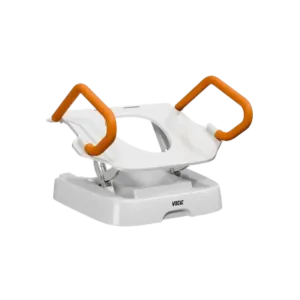
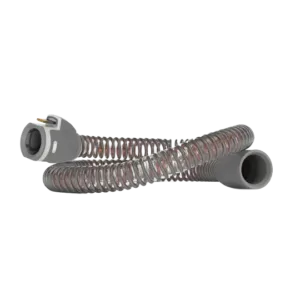
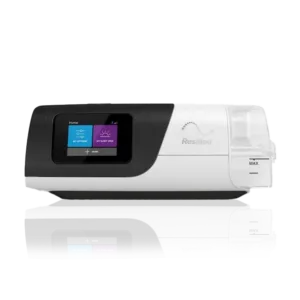
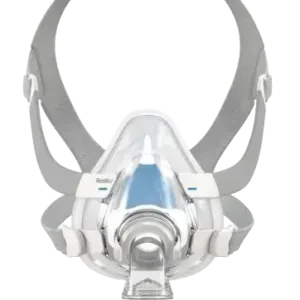
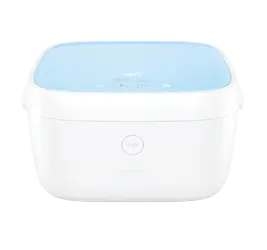
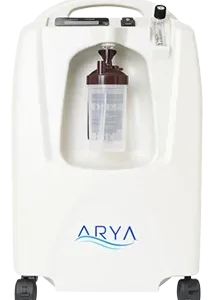
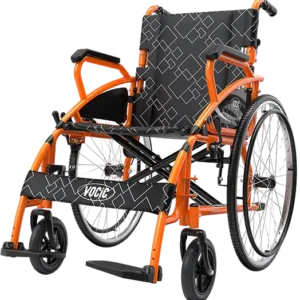
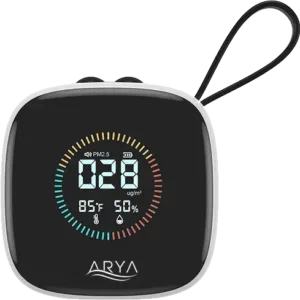
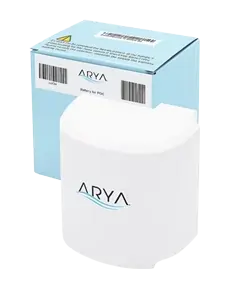
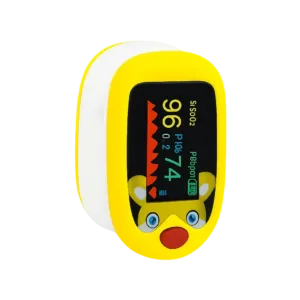
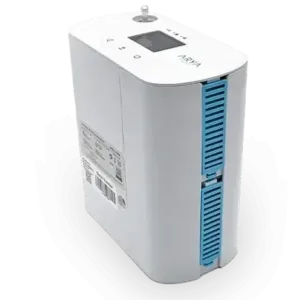


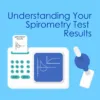
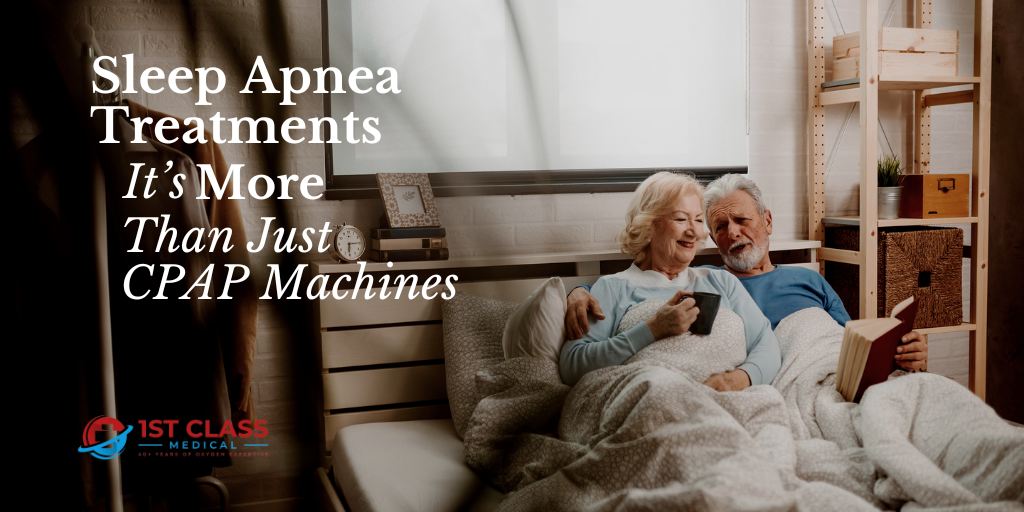

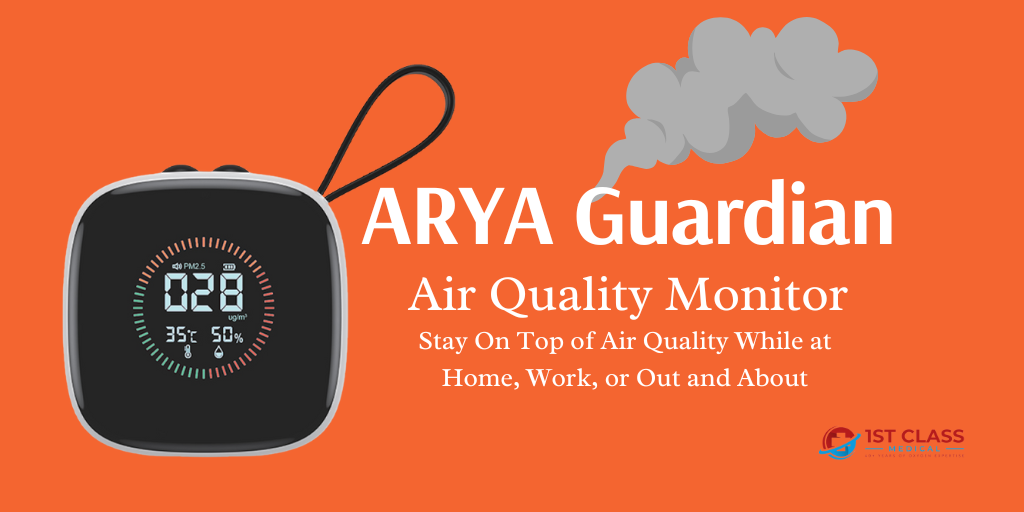
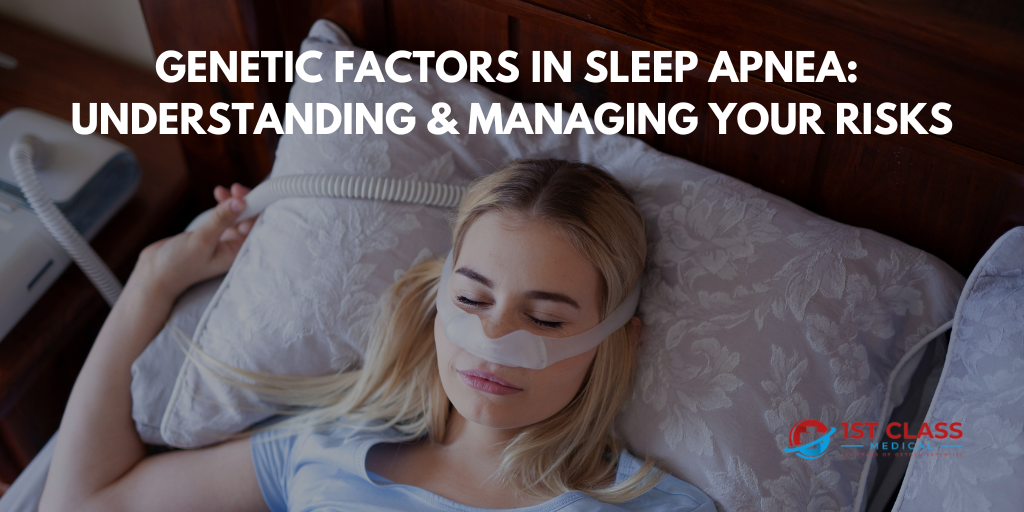
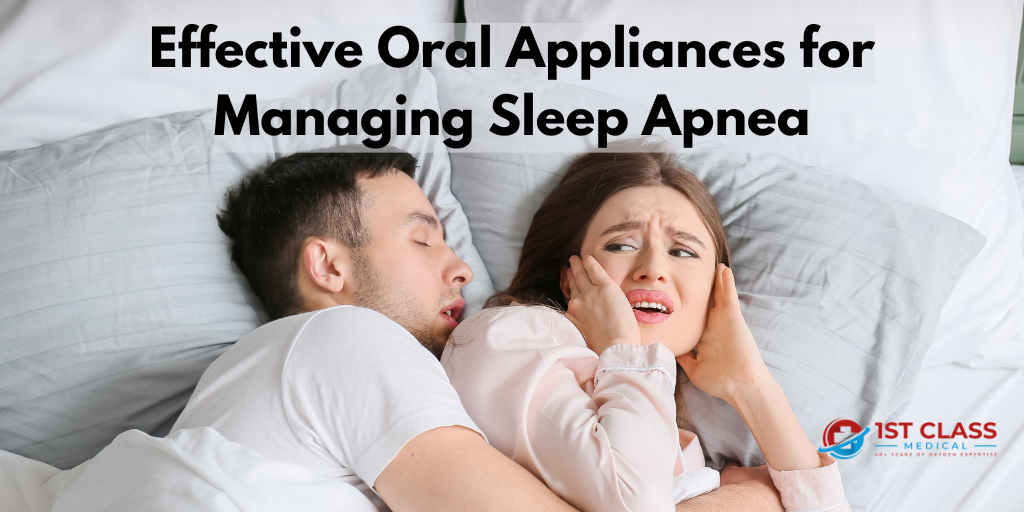
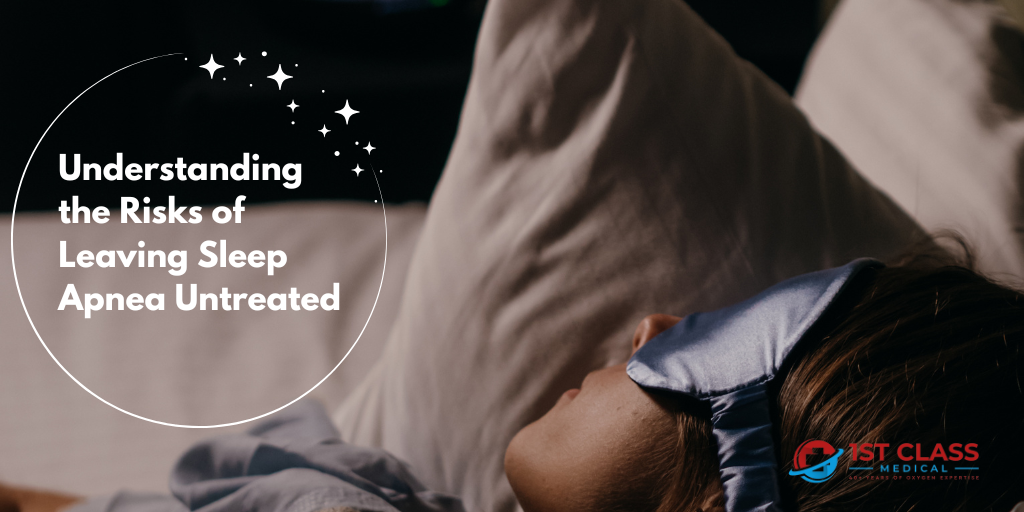


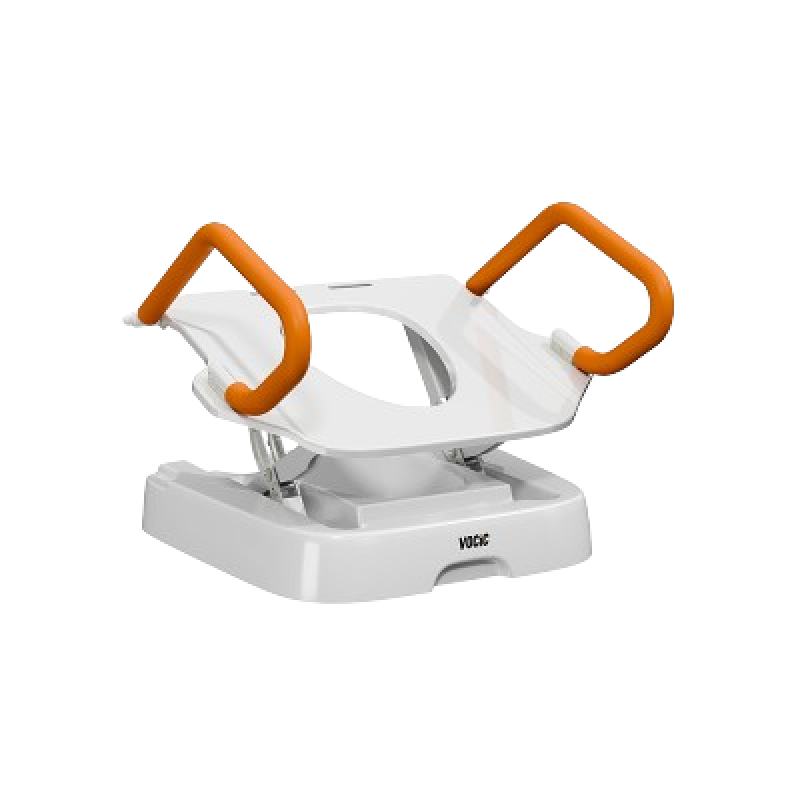
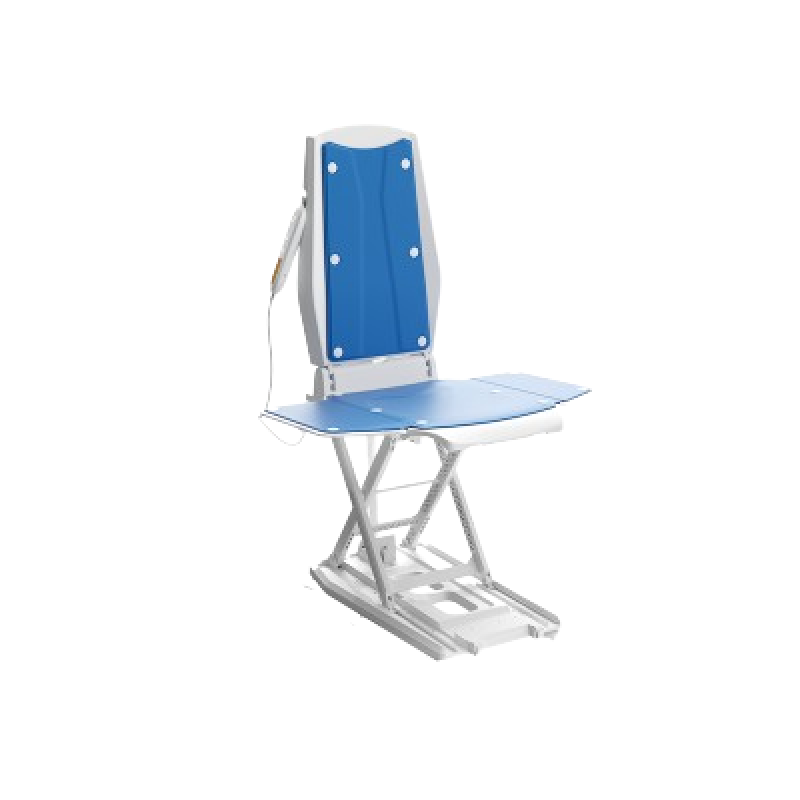
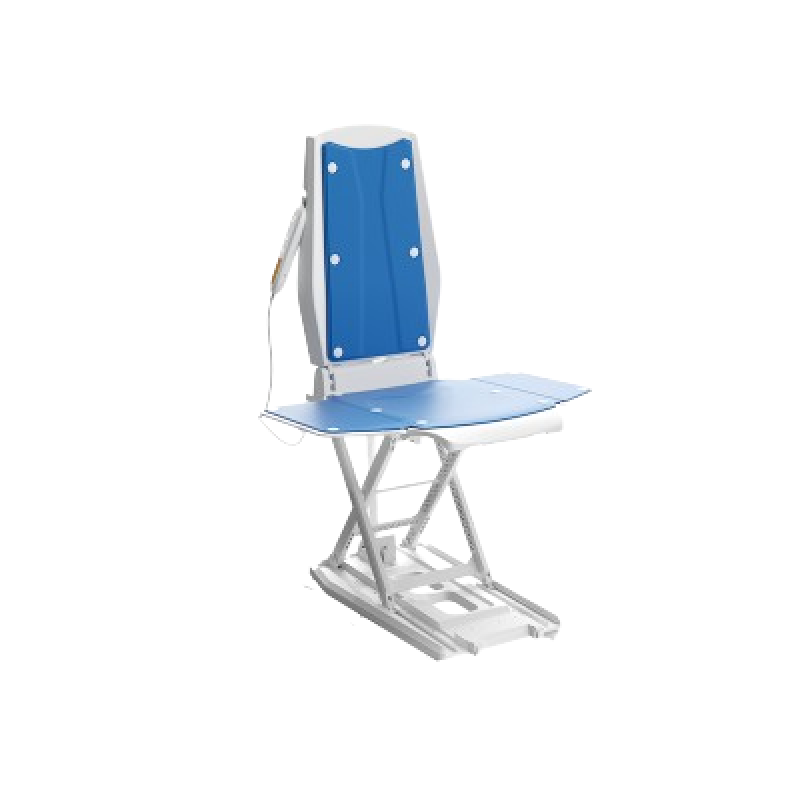
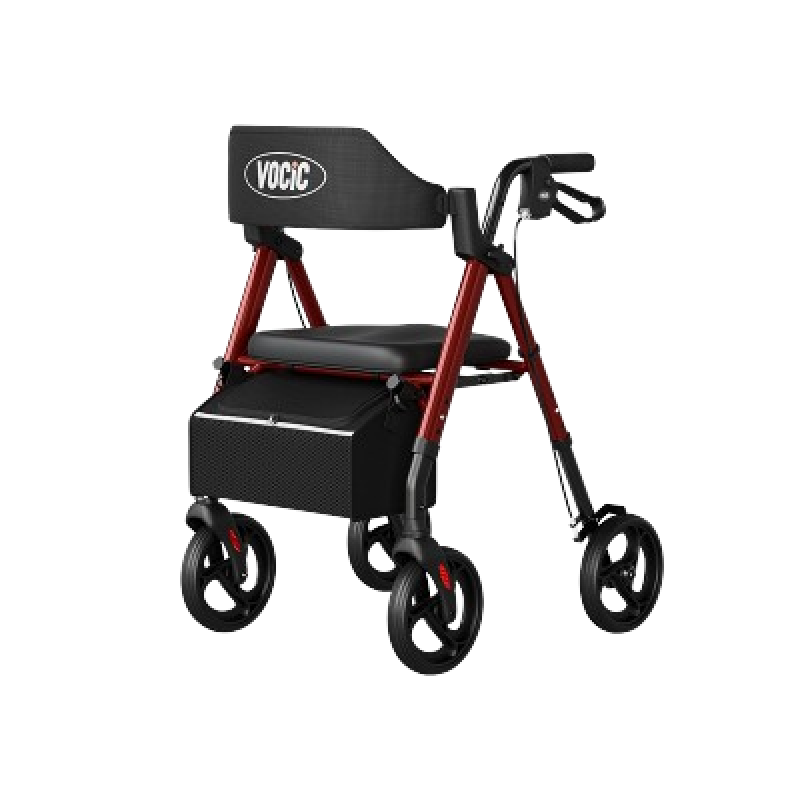
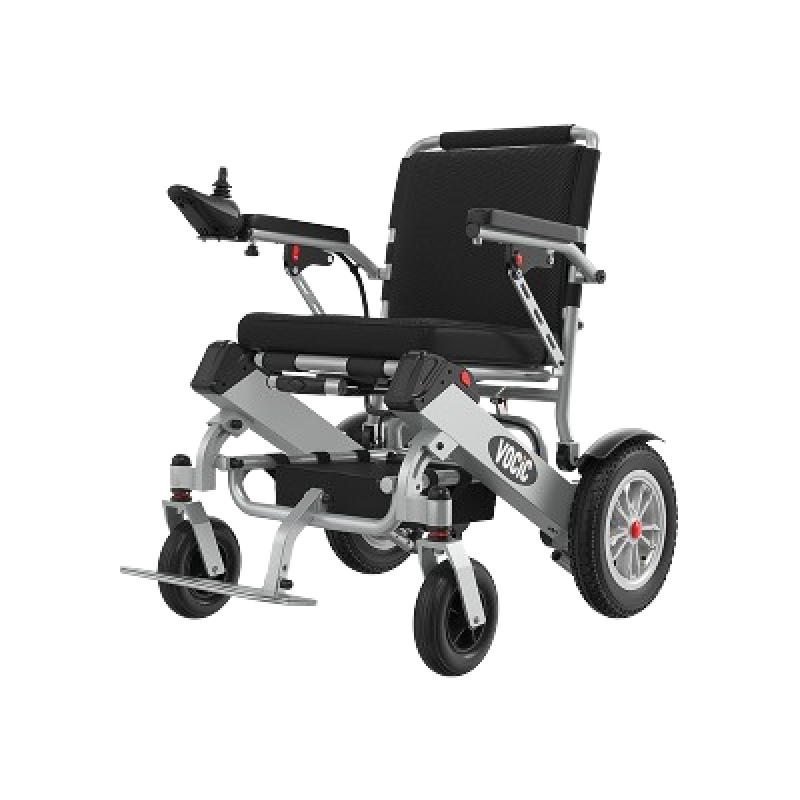


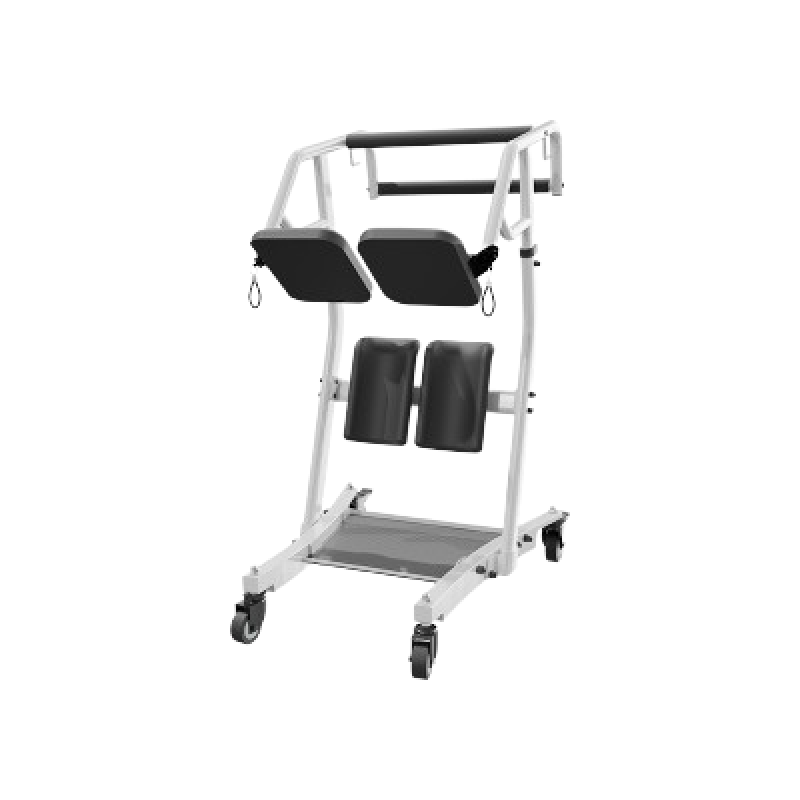
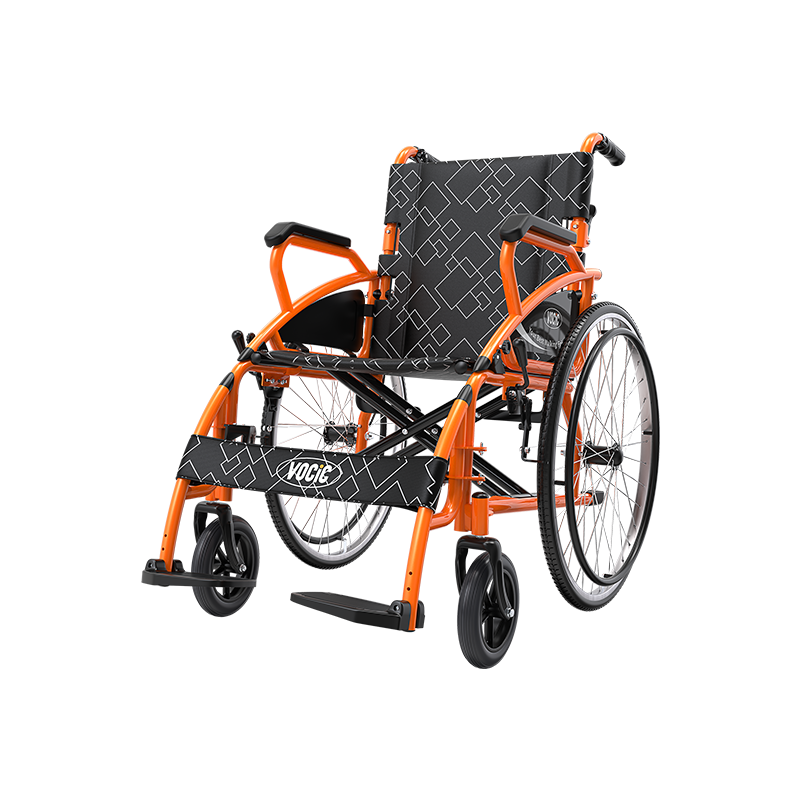

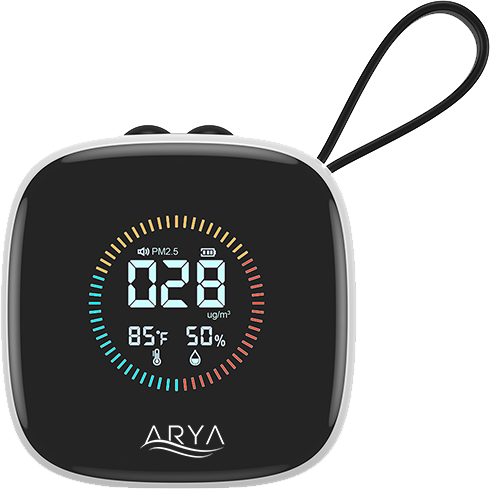
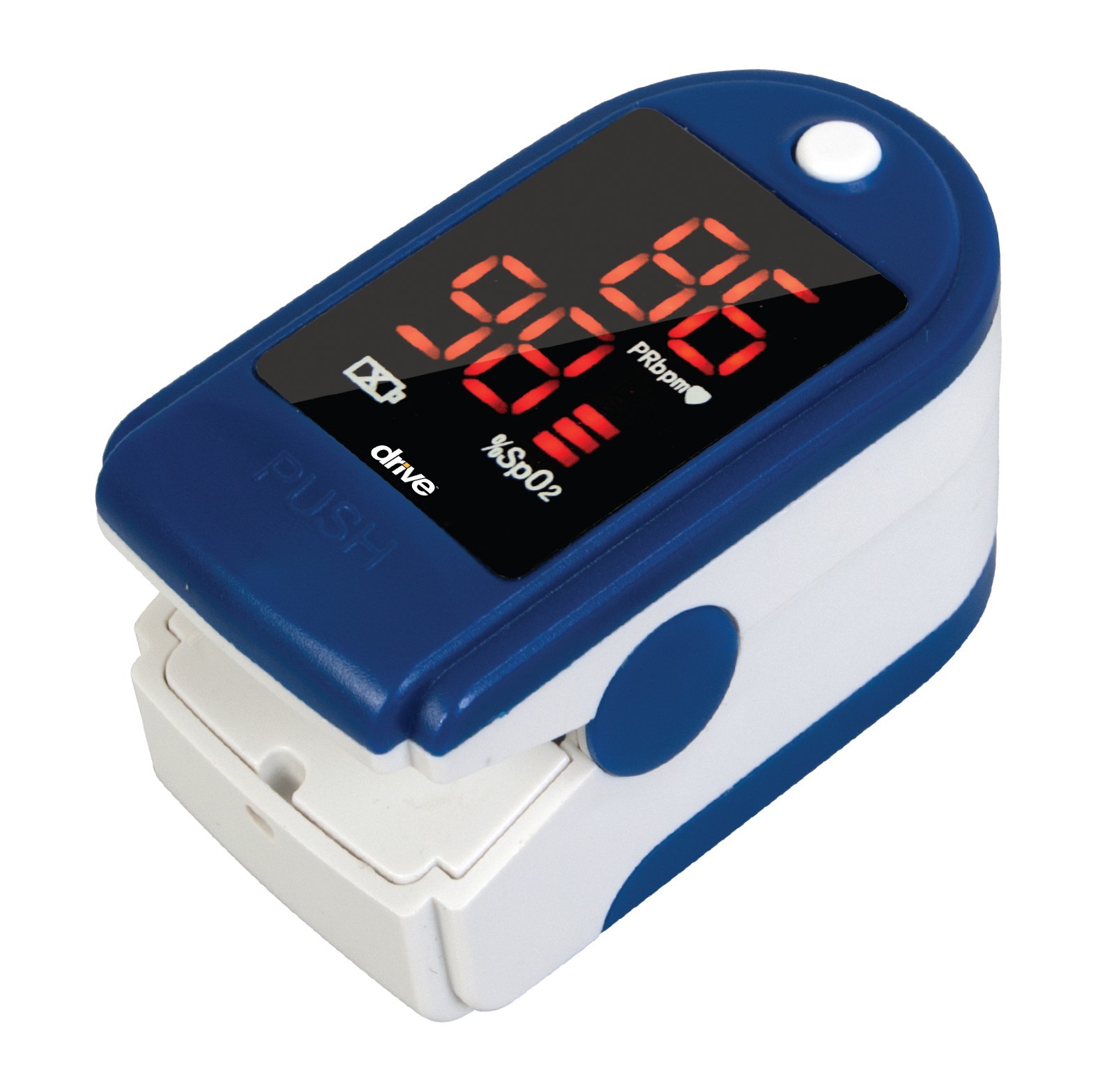

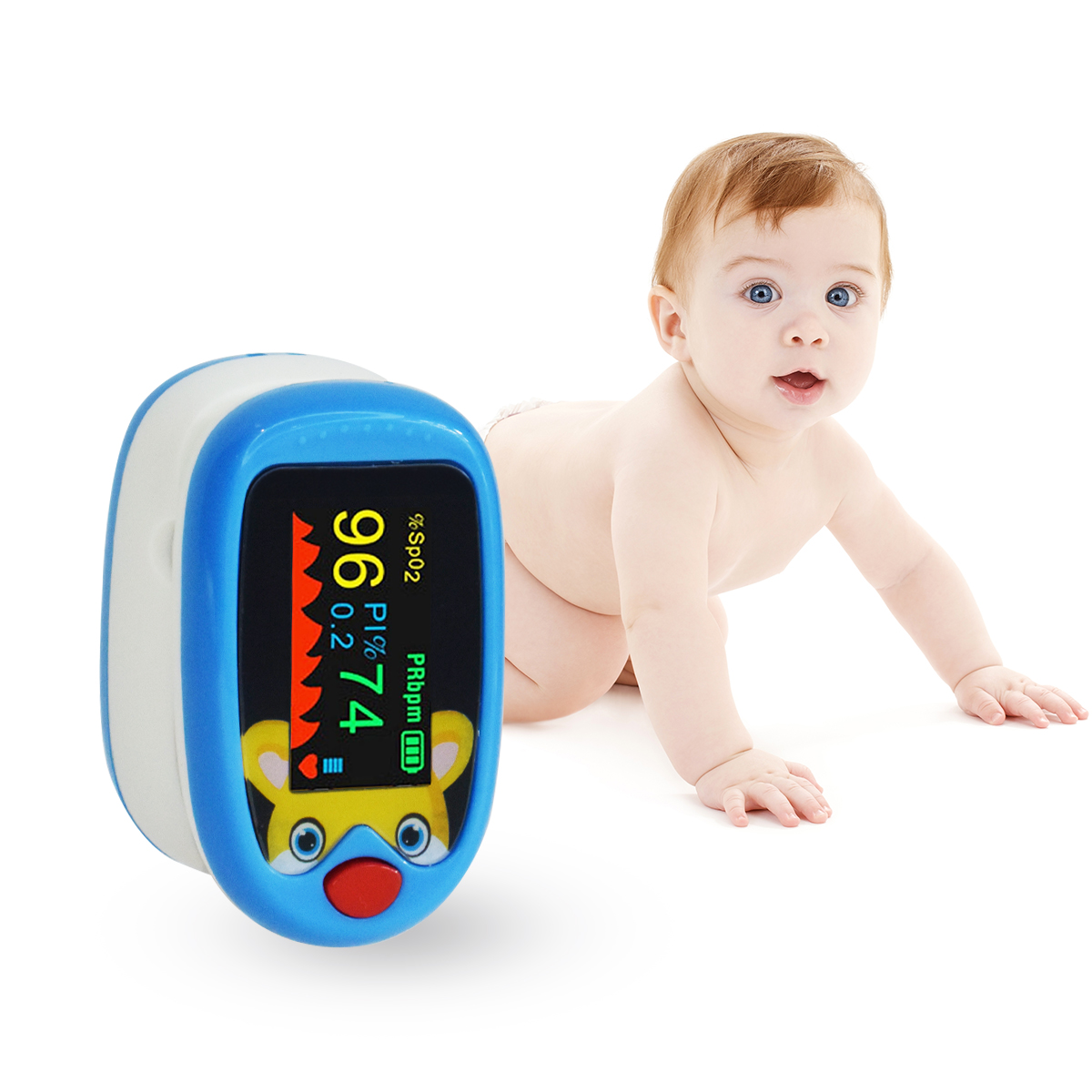
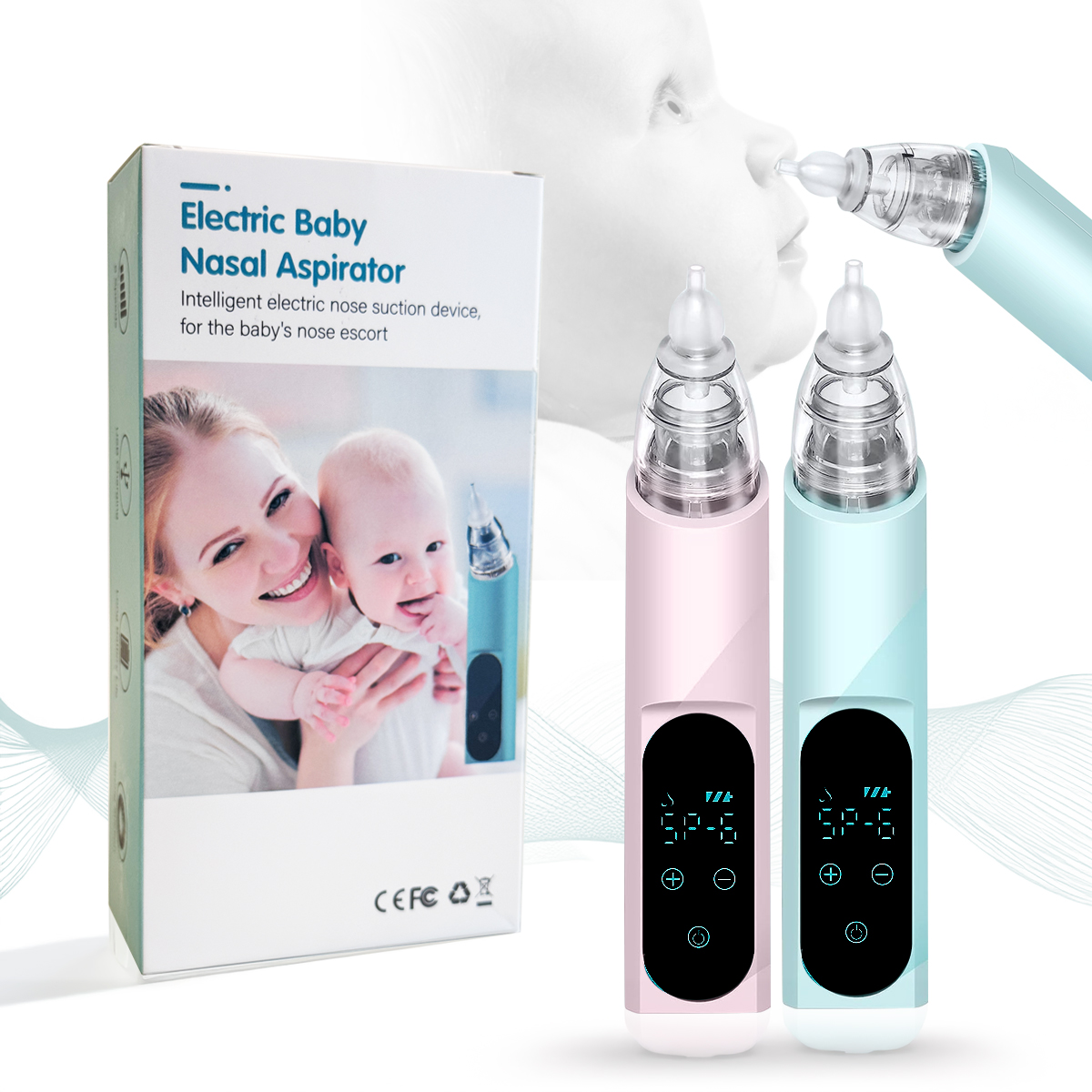
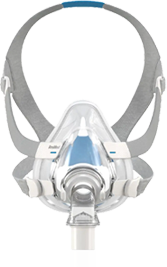
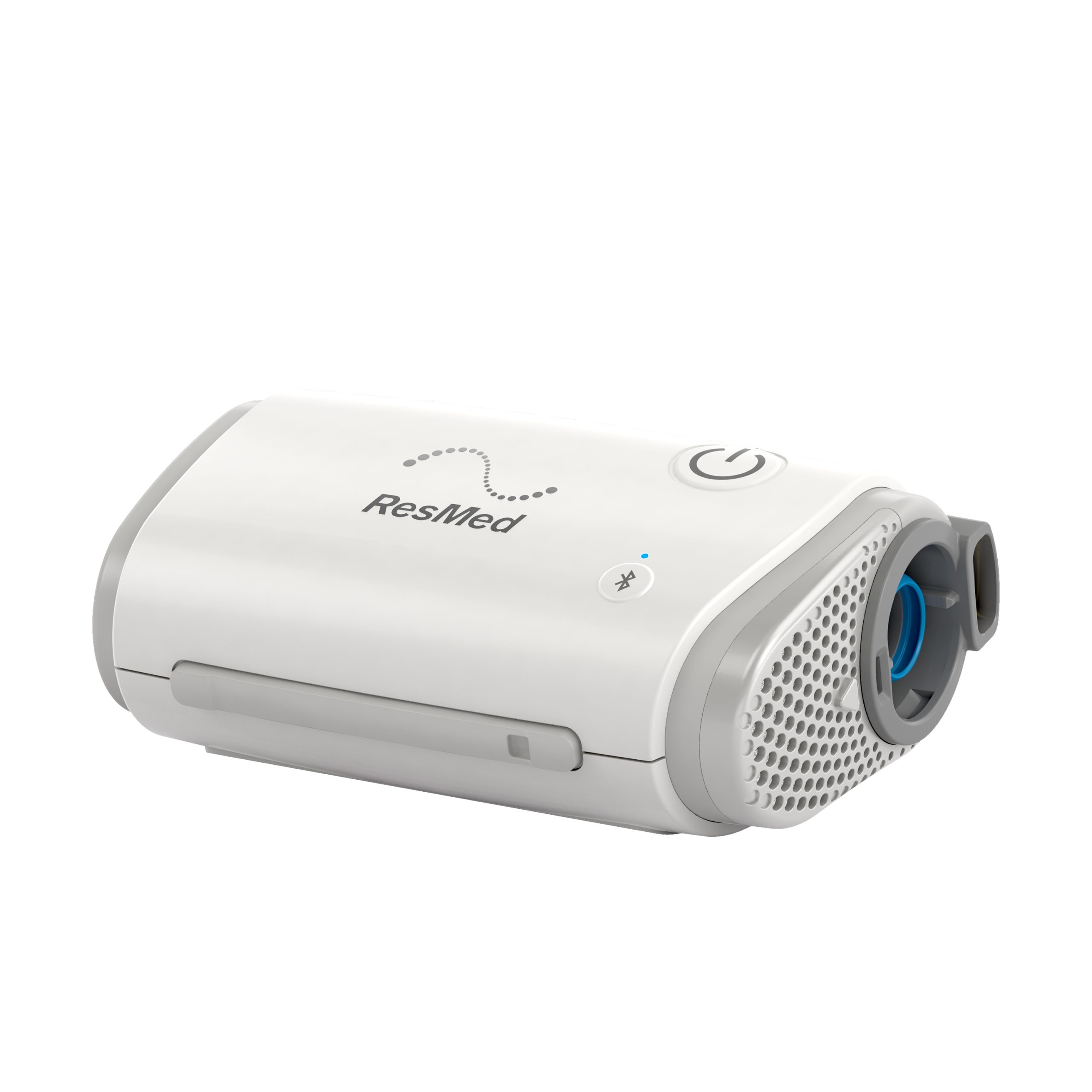
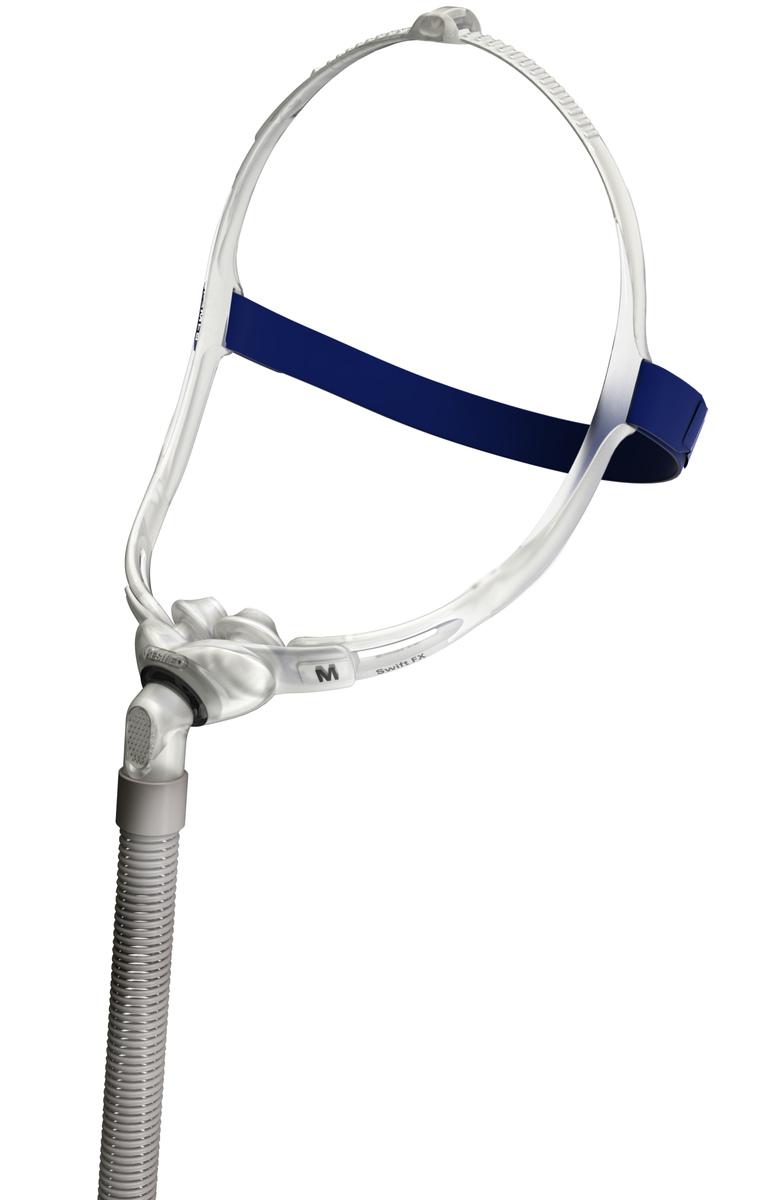
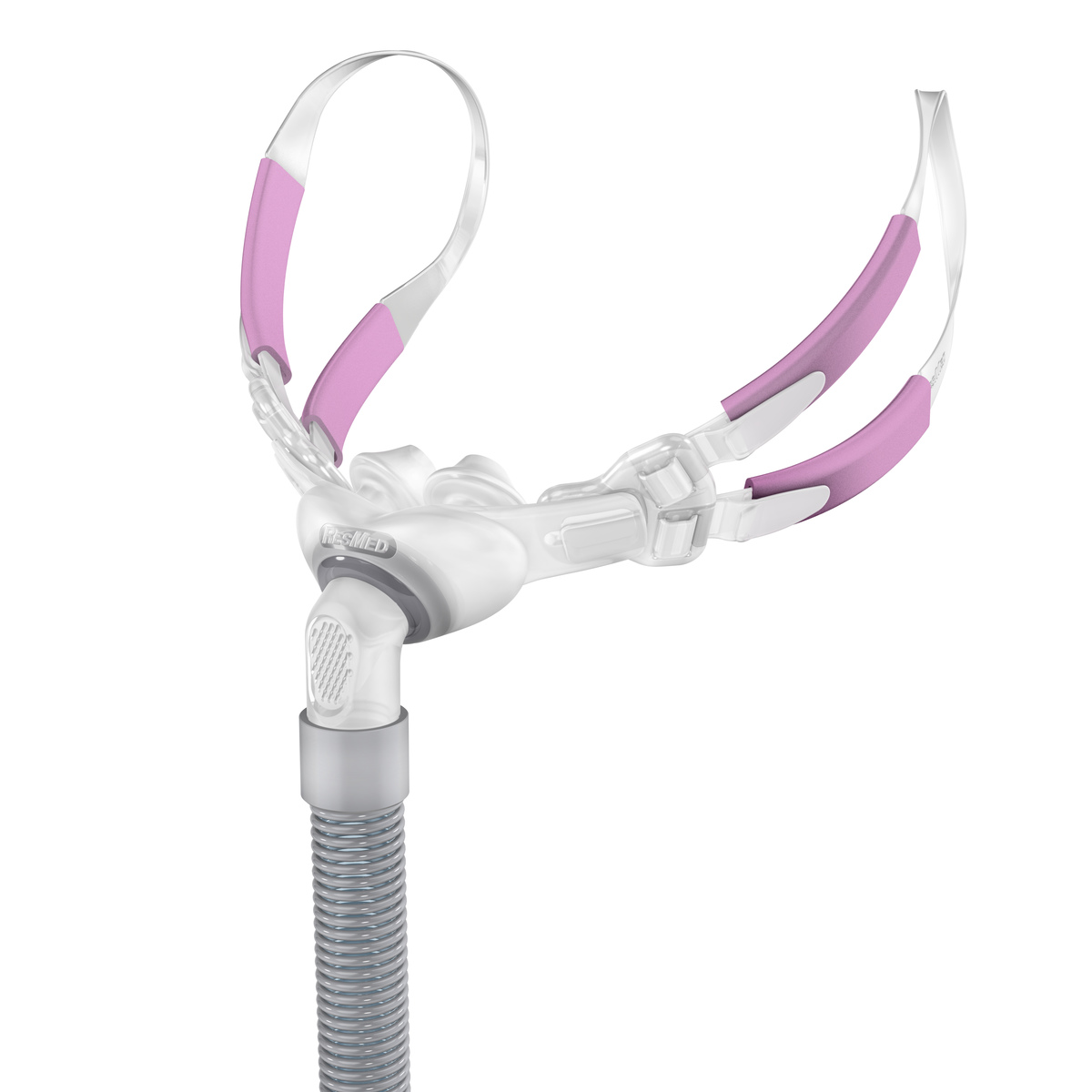
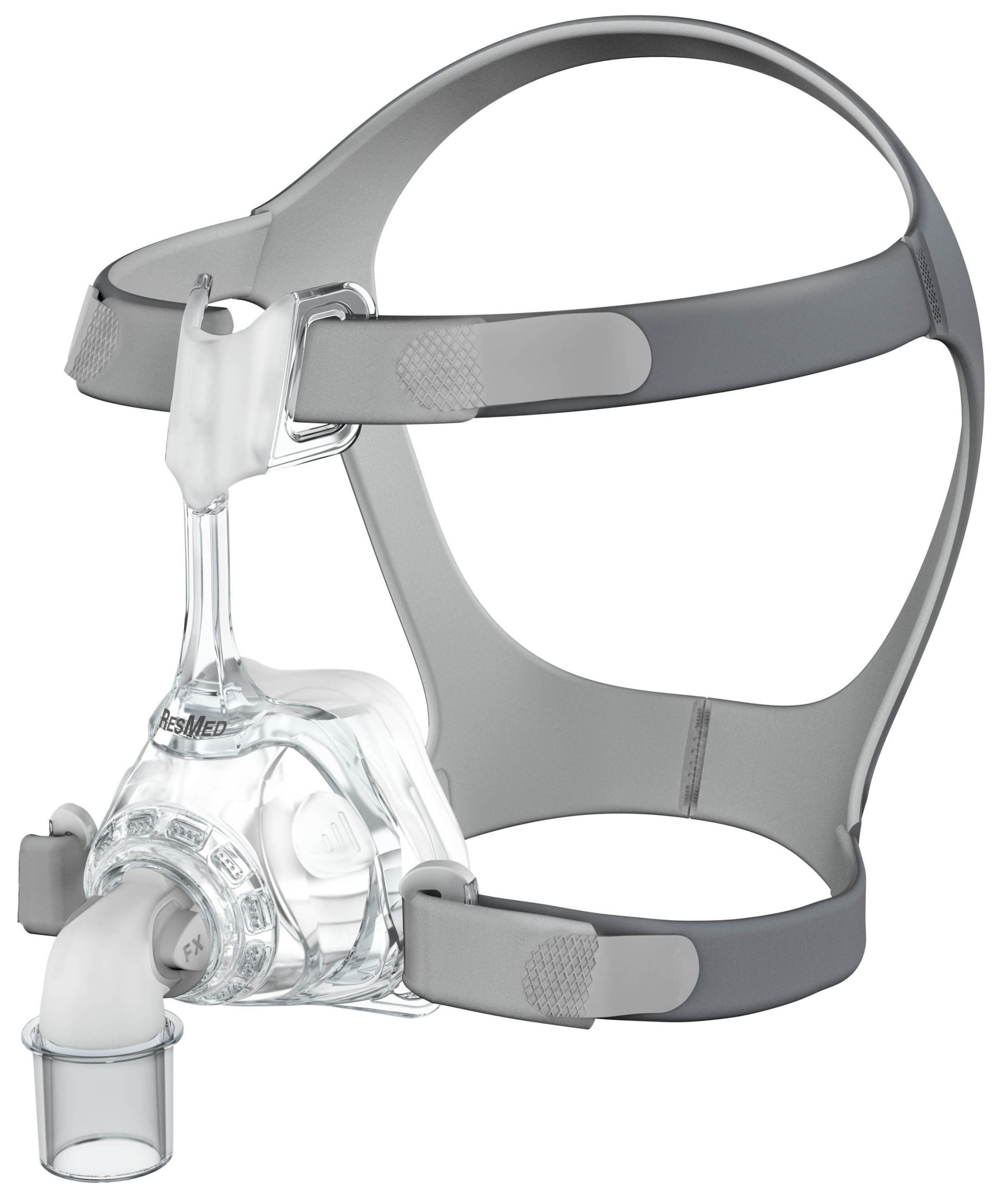
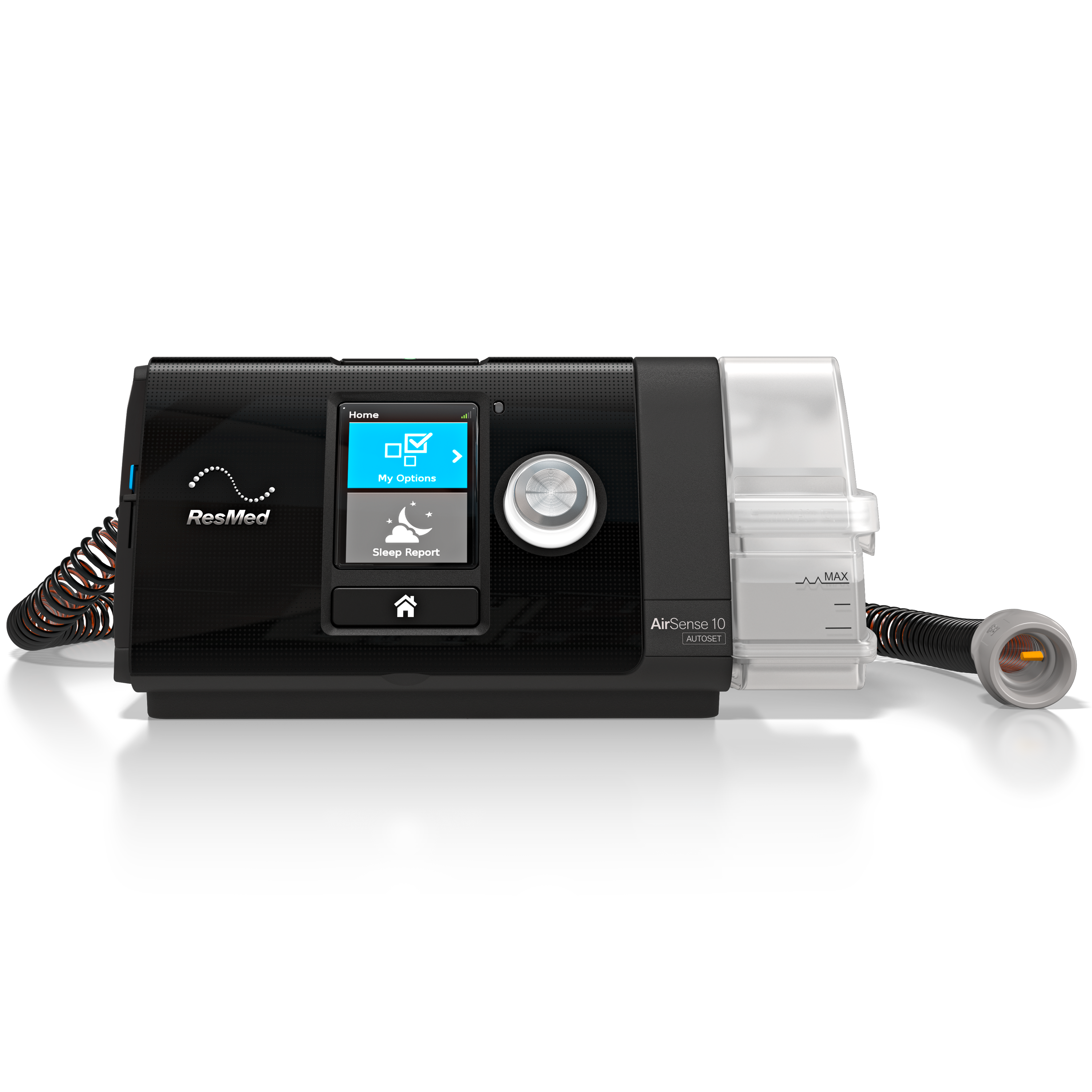
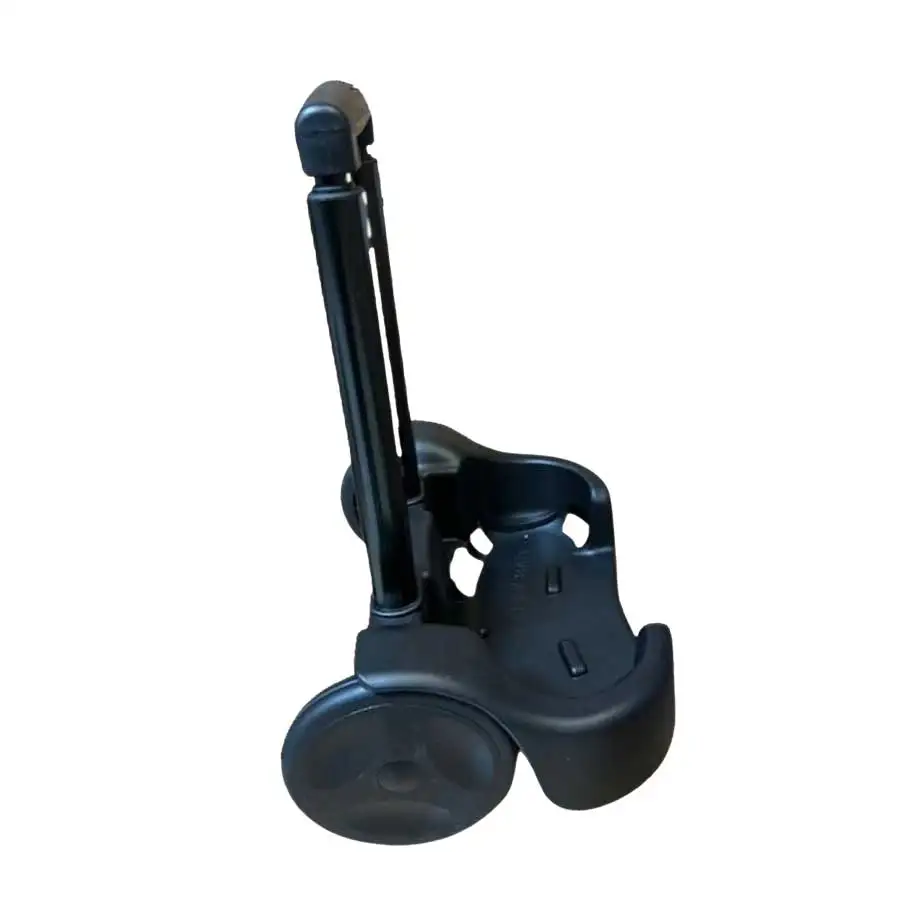
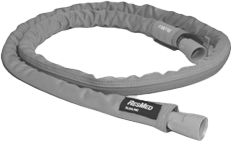
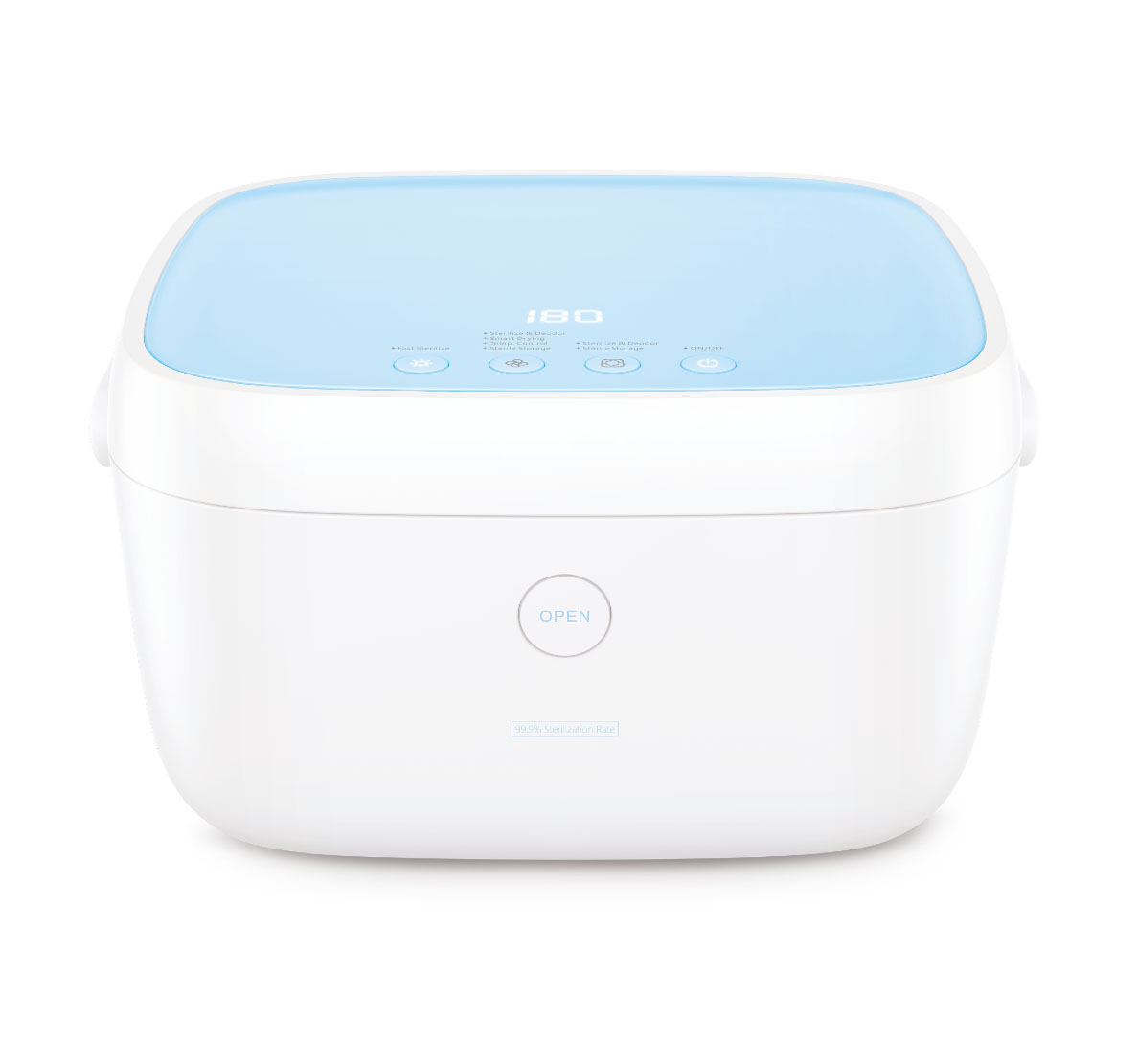
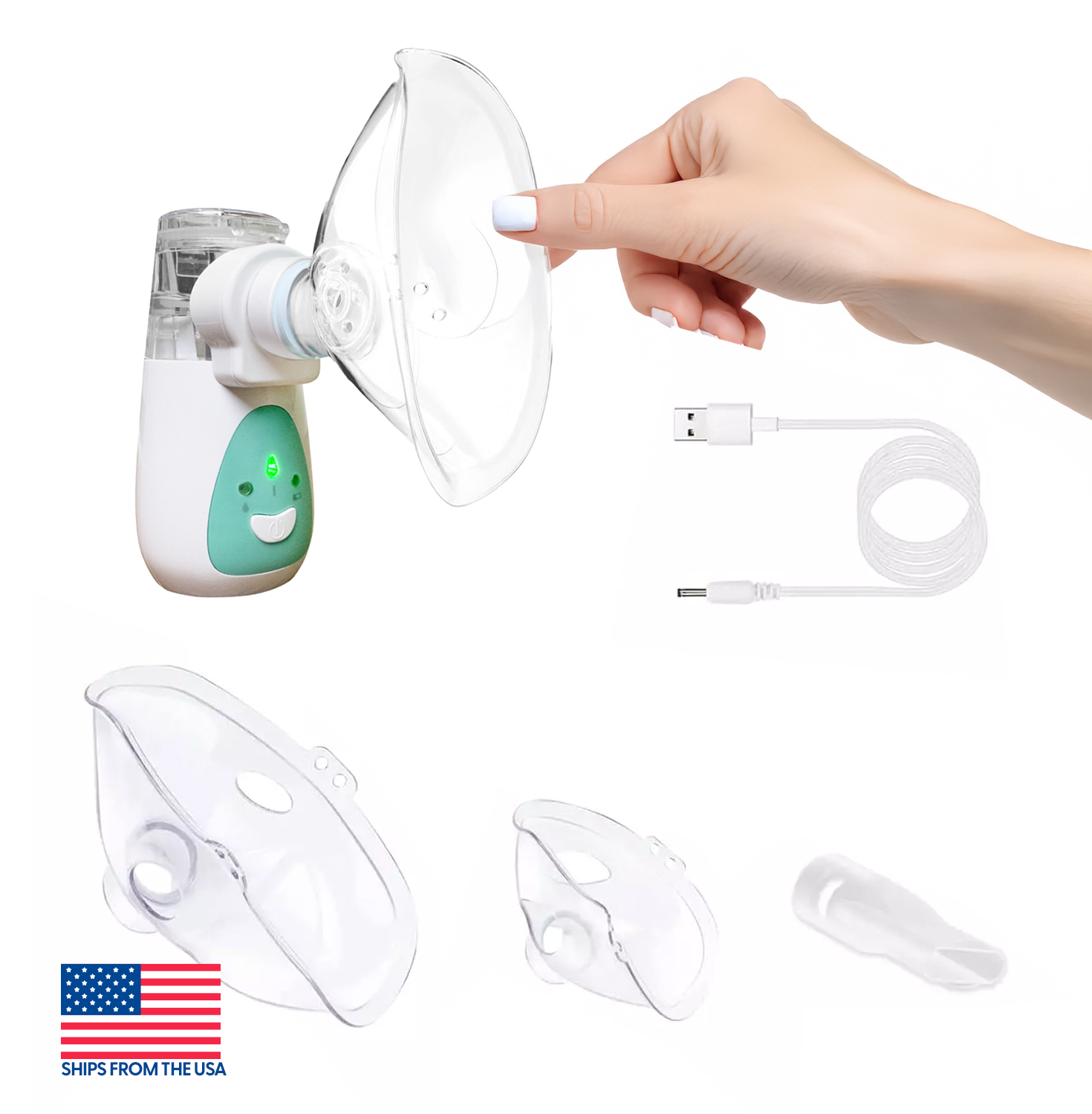
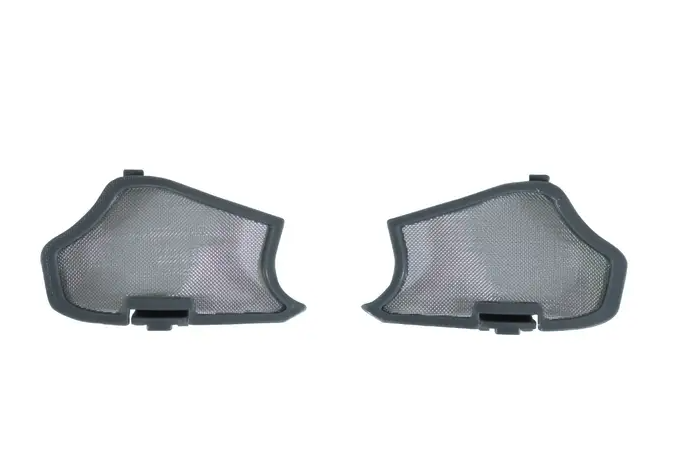

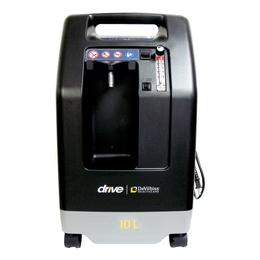
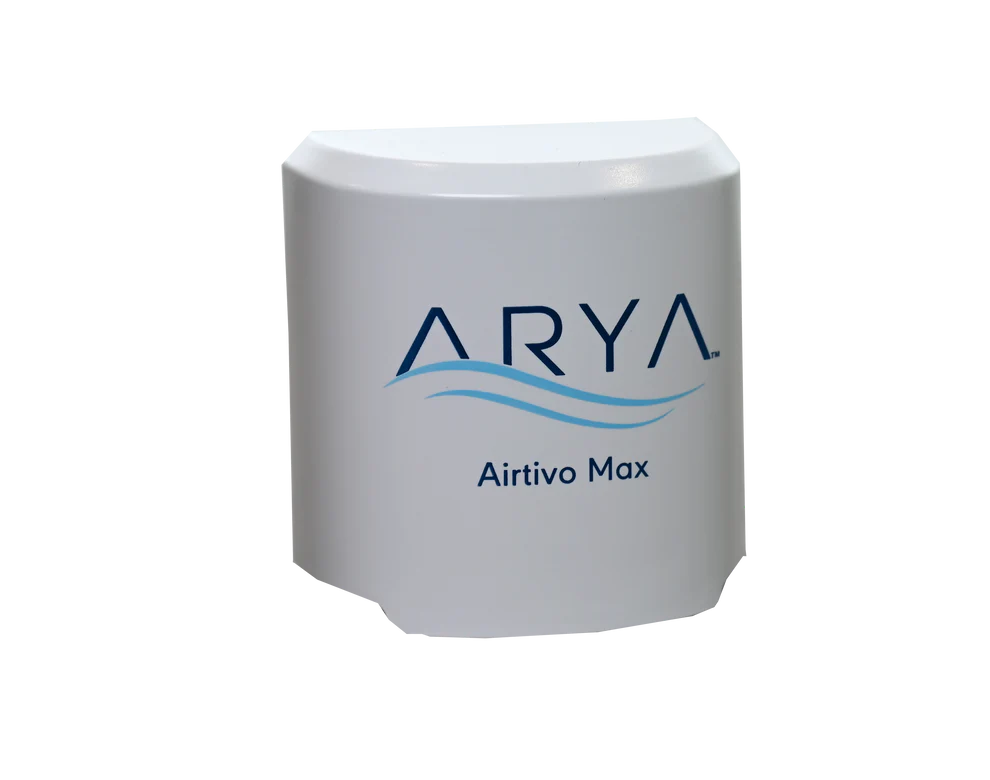
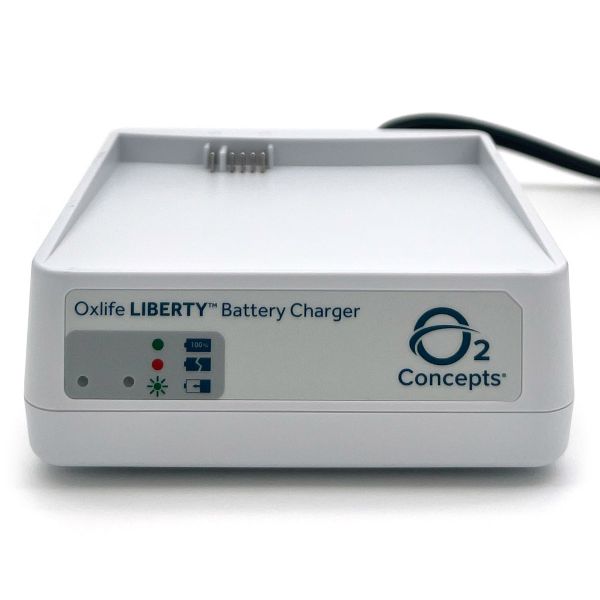
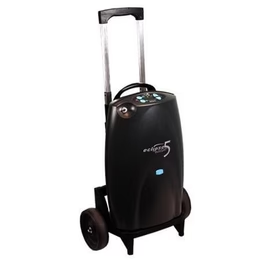
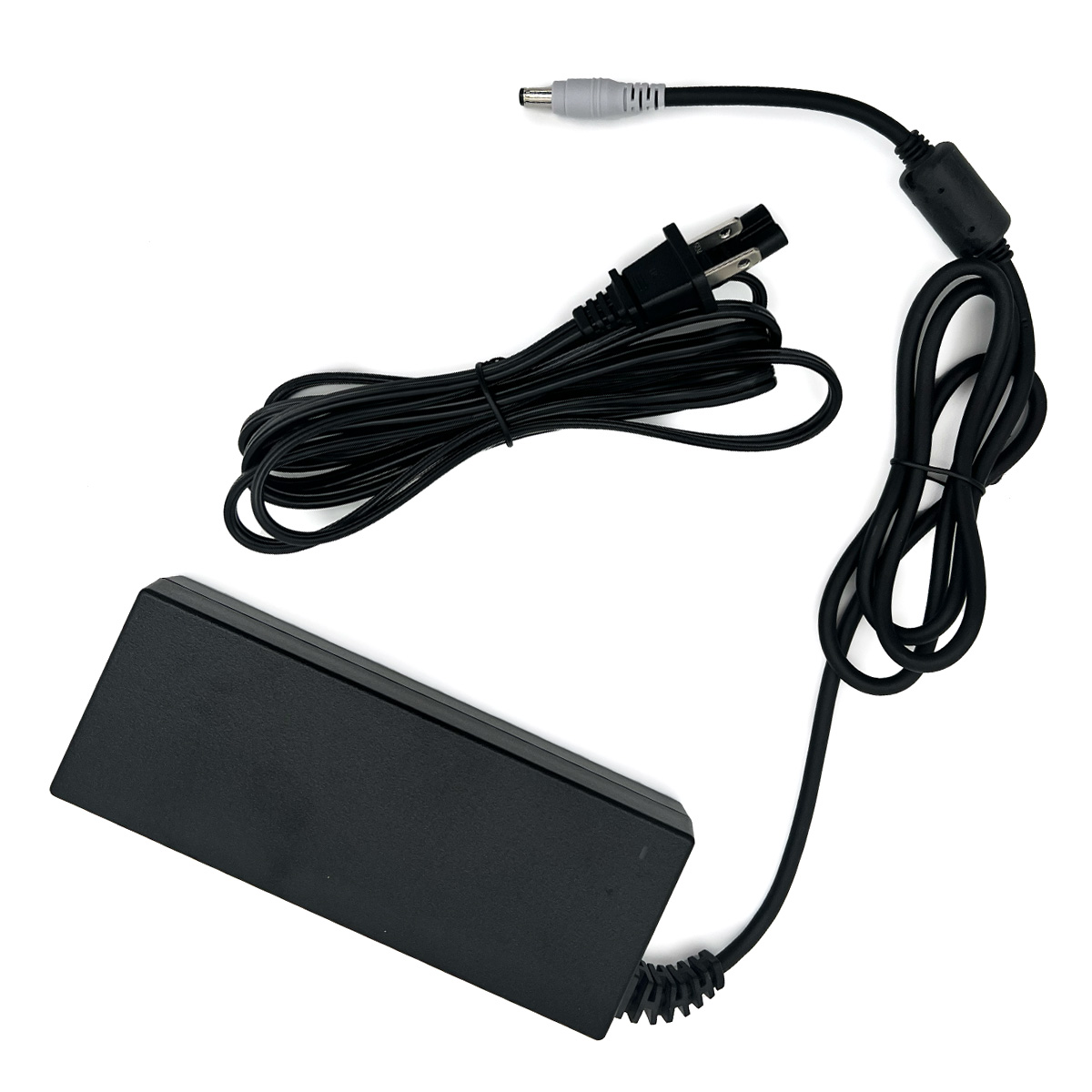
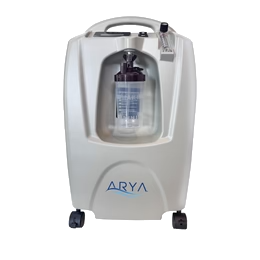
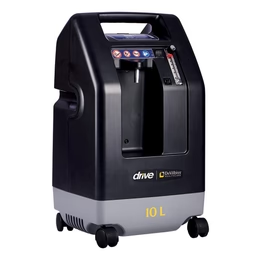
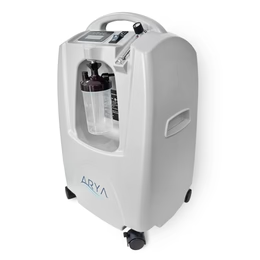
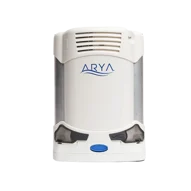
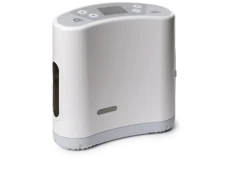
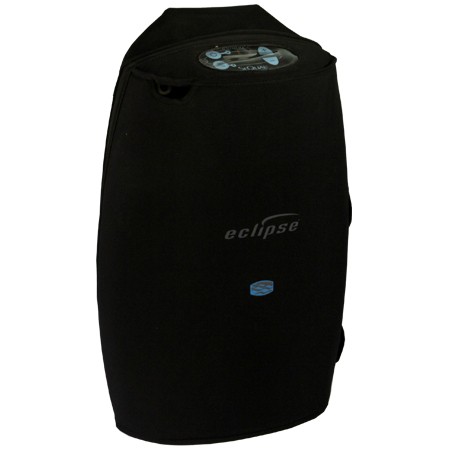
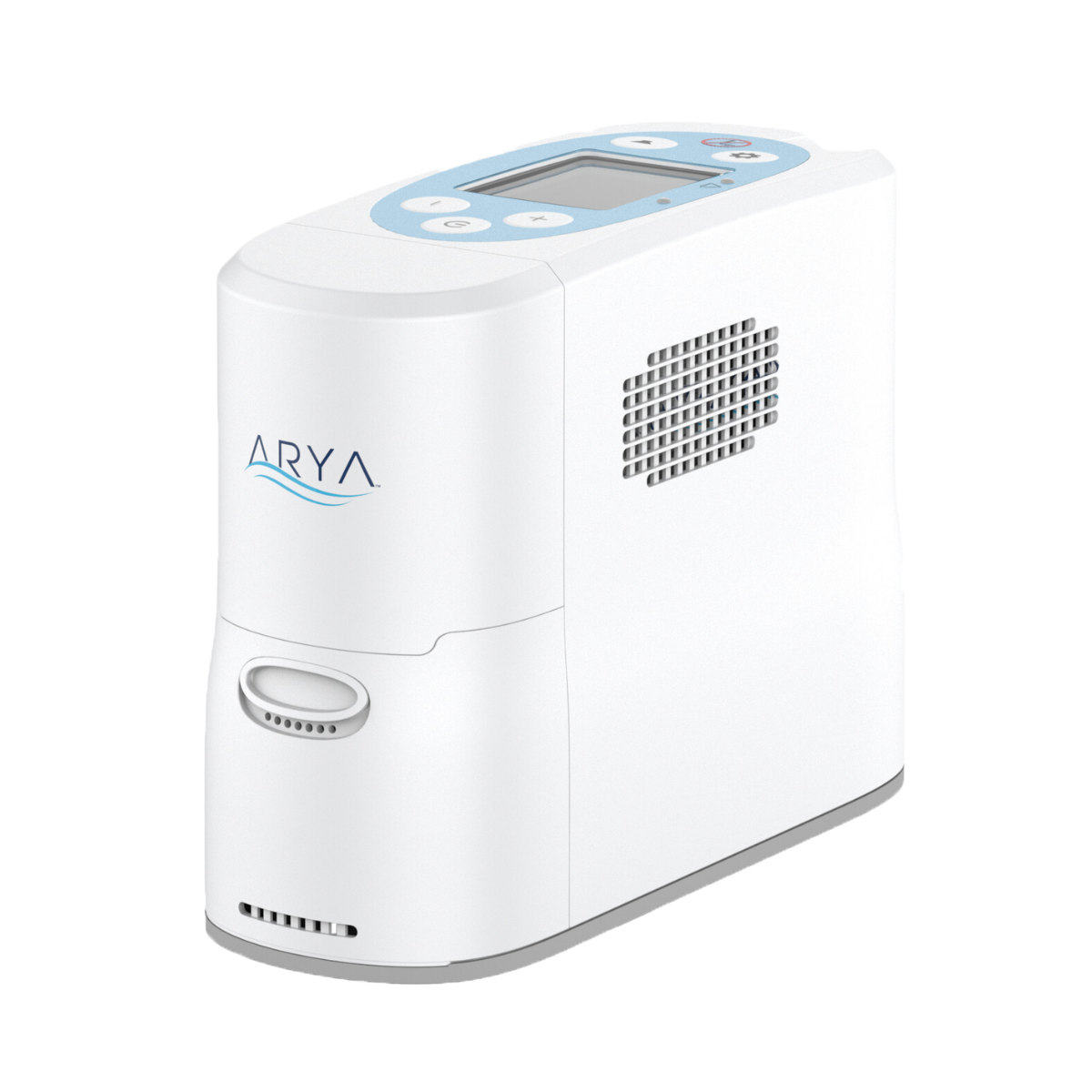
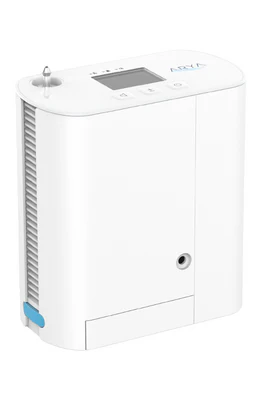
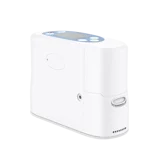
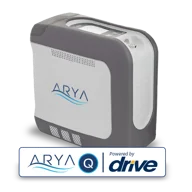
Comments are closed